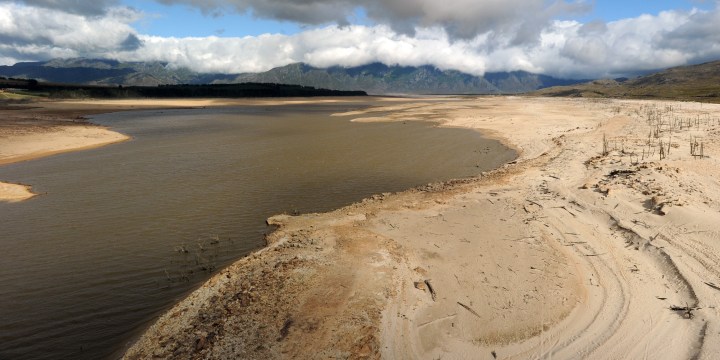WINTER WEATHER WATCH
A mild and relatively dry South African winter is on the horizon

Below-normal rainfall and above-normal temperatures are expected for most regions of South Africa this autumn and winter. That could help curb rolling blackouts while the south-western region may not get its usual winter rainfall, with implications for water storage.
Winter is coming, but it looks set to be mild.
In its latest monthly Seasonal Climate Watch, which looks five months ahead, the South African Weather Service is forecasting a warm autumn and winter and a dry one, including in regions such as the southwest that typically get the lion’s share of their rainfall during the coldest months.
“The …. multi-model rainfall forecast indicates mostly below-normal rainfall over most of the country during Apr-May-June (AMJ), May-Jun-Jul (MJJ) and Jun-Jul-Aug (JJA), except for some parts over KwaZulu-Natal, Eastern Cape and Free State for AMJ where above-normal rainfall is expected,” the report says.
“Minimum and maximum temperatures are expected to be mostly above-normal countrywide for the forecast period.”
If this forecast proves accurate, it could help to alleviate the rolling power cuts that are the biggest constraint to economic growth. Households and businesses will simply lose less power from sources such as space heaters if the winter is warmer than usual.
And Gautengers may not flock to the warmth of the Indian Ocean coast in their usual numbers if the winter is a mild one.
The predicted dearth of rains in some areas including around Cape Town may be a cause for concern.
“… the south-western part, which normally receives significant rainfall during early-winter season, is expected to receive mostly below-normal rainfall during this period. Therefore, the relevant decision-makers are encouraged to advise farmers in these regions to practice soil and water conservation, proper water harvesting and storage, and other appropriate farming practices,” the report says.
Overall dam levels in the Western Cape are currently just below 61%, according to the Department of Water and Sanitation. Dam levels in all of South Africa’s other provinces are currently above 70%, so the Western Cape looks to be especially vulnerable to potential water shortages if the forecast pans out.
But the Weather Service says that throughout South Africa, the forecast “… conditions are likely to exacerbate water losses through evapotranspiration and drought, among other factors, resulting in reduced water storage levels”.
This is unfolding against the backdrop of an emerging water crisis mostly linked to shoddy governance and the neglect of infrastructure.
The Weather Service also noted that the El Niño climate pattern looks set to fade soon, which is in line with the global meteorological consensus on that front. El Niño typically brings drought to this region and the current one has seared South Africa’s maize crop which is expected to be around 20% lower than last year.
Meanwhile, South Africans may not need to bundle up as much this winter to stay warm. DM
















 Become an Insider
Become an Insider
This is probably the most serious news item of all. Citizens should be urged to use water sparingly forthwith. “Water shedding” is far more serious than “load shedding”. There are no alternatives to be had to water.